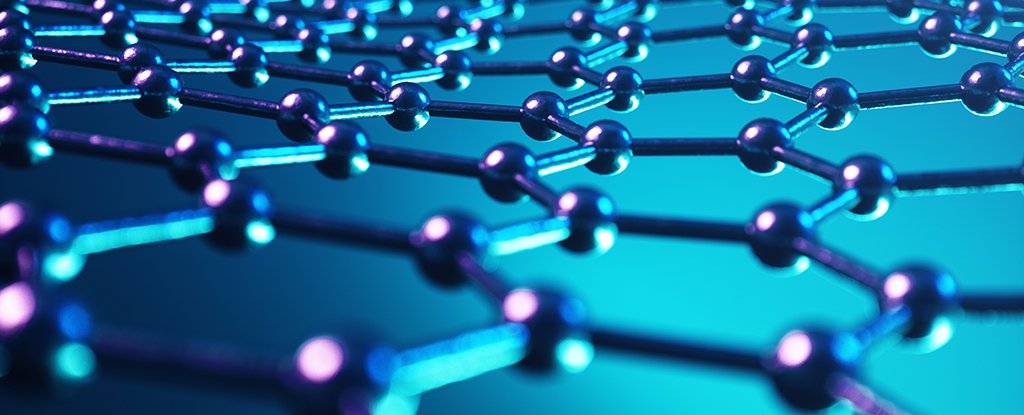
Graphene never ceases to amaze us with its strength and versatility – exciting new uses are constantly being discovered for it, and now scientists have found a way to manipulate the miracle material so that it can better filter impurities from the water.
The two-dimensional material made up of carbon atoms has previously been studied as a way to clean up water, but the new method could offer the most promising approach to date. It all comes down to exploiting what is known as van der Waals holes: the tiny spaces that appear between 2D nanomaterials when they are layered on top of each other.
These nano channels can be used in a variety of ways that scientists are now investigating, but graphene’s thinness poses a problem for filtration: liquid has to spend a lot of time traveling along the horizontal plane instead of the vertical, which would be much faster.
To solve this problem, the team behind the new study used an elastic substrate to compress the graphene layer into a microscopic series of peaks and troughs. That means liquid can slide vertically down the side of a peak, instead of moving horizontally across the open spaces (all at the nanoscale, of course).
 (Brown University)
(Brown University)
“When you start to wrinkle the graphene, you tilt the sheets and channels out of the plane,” says materials scientist Muchun Liu of the Massachusetts Institute of Technology (MIT).
“If you crease it often, the channels align almost vertically.”
To complete the effect, the graphene and substrate are fixed in an epoxy substance, before trimming the tops of the tops and the bottoms of the valleys. It gives liquid a faster route through the graphene, while still allowing filtration to take place.
Liu and her colleagues named the new materials VAGMEs (vertically aligned graphene membranes), and later were able to find applications that went far beyond making water safe for drinking.
“We end up with a membrane with these short and very narrow channels that only very small molecules can pass through,” said chemical engineer Robert Hurt of Brown University.
“For example, water can pass through it, but organic pollutants or some metal ions are too big to pass through. So you can filter them out.”
The next step is to put this into practice and work out a practical filter system, but the theory is solid. The material passed one of the first tests by allowing water vapor to flow through while retaining larger hexane molecules.
Ultimately, these VAGMEs could be used in industrial or household filter systems, the scientists say – just one of the many promising ways graphene is used in a variety of scientific fields.
As for the nano channels that work between super-thin 2D materials such as graphene, there is a lot of potential here too, according to the experts. The more scientists look at these nanomaterials, the more they discover.
“Over the past decade, a whole field has emerged to study these spaces between 2D nanomaterials,” says Hurt.
“You can grow things in it, you can store things in it, and there’s an emerging field of nanofluidics where you use those channels to filter out some molecules while letting others through.”
The research is published in Nature Communications.